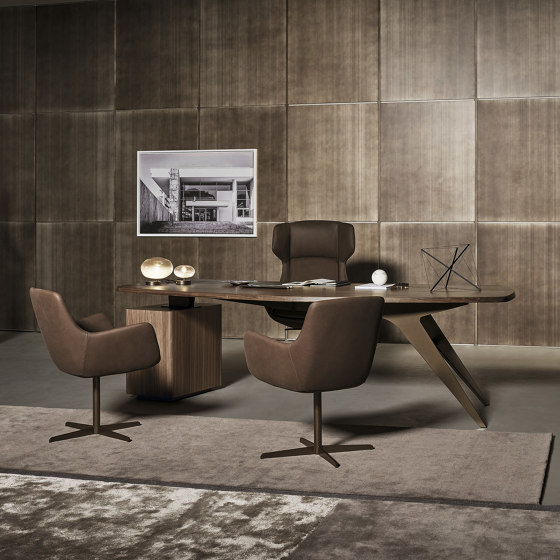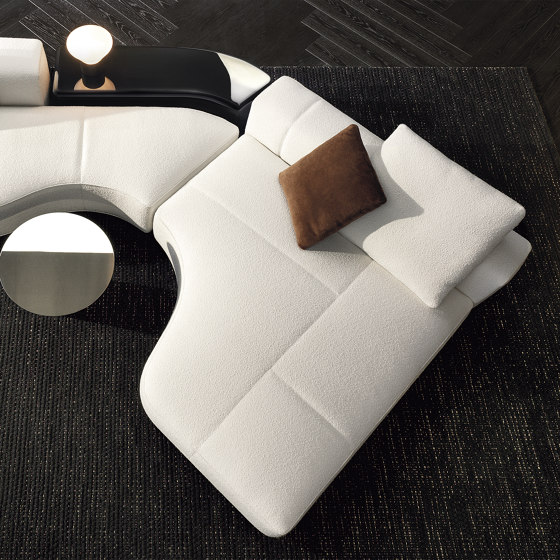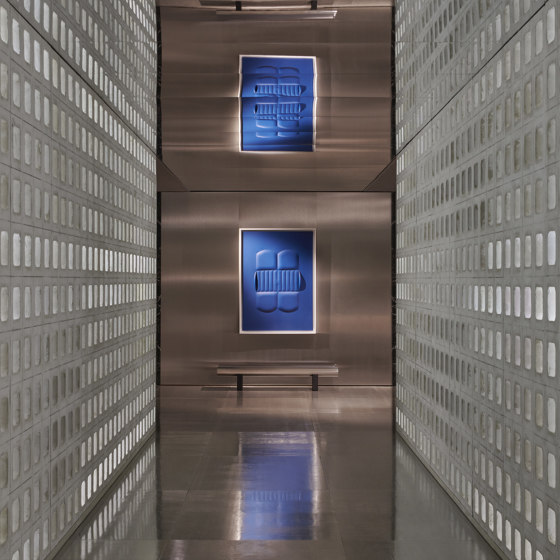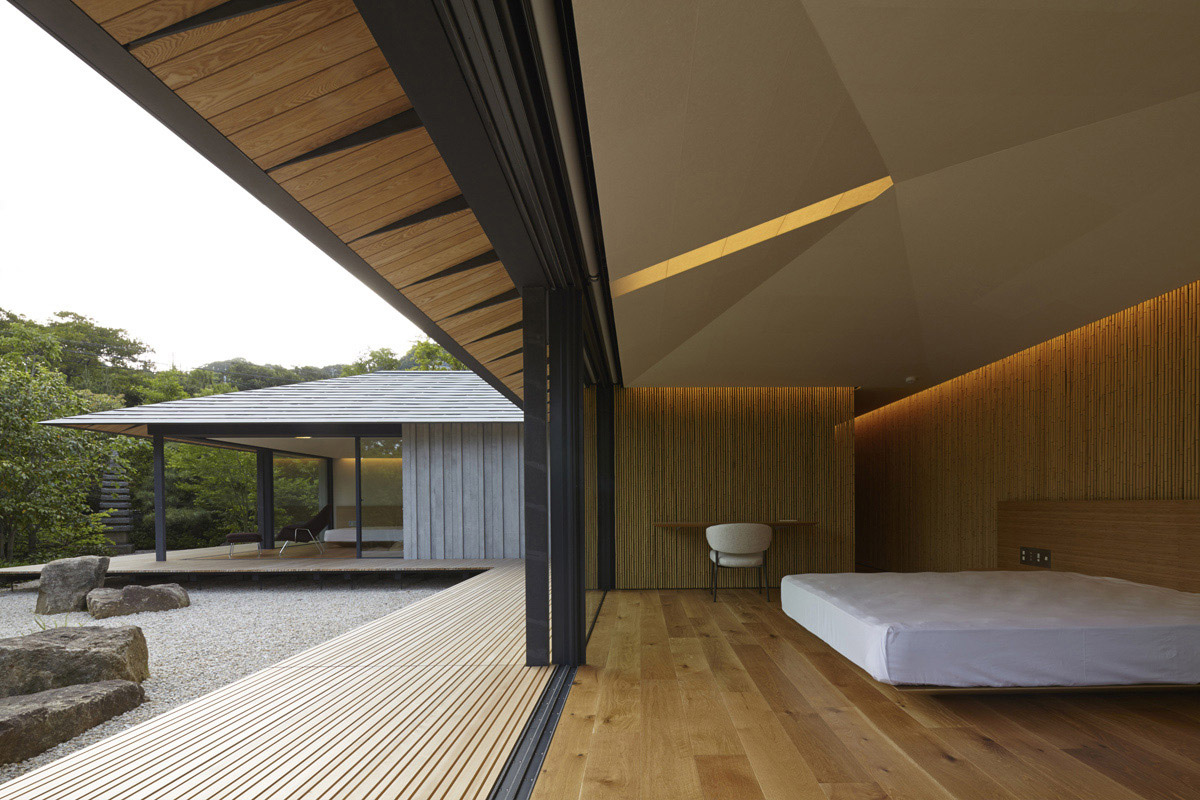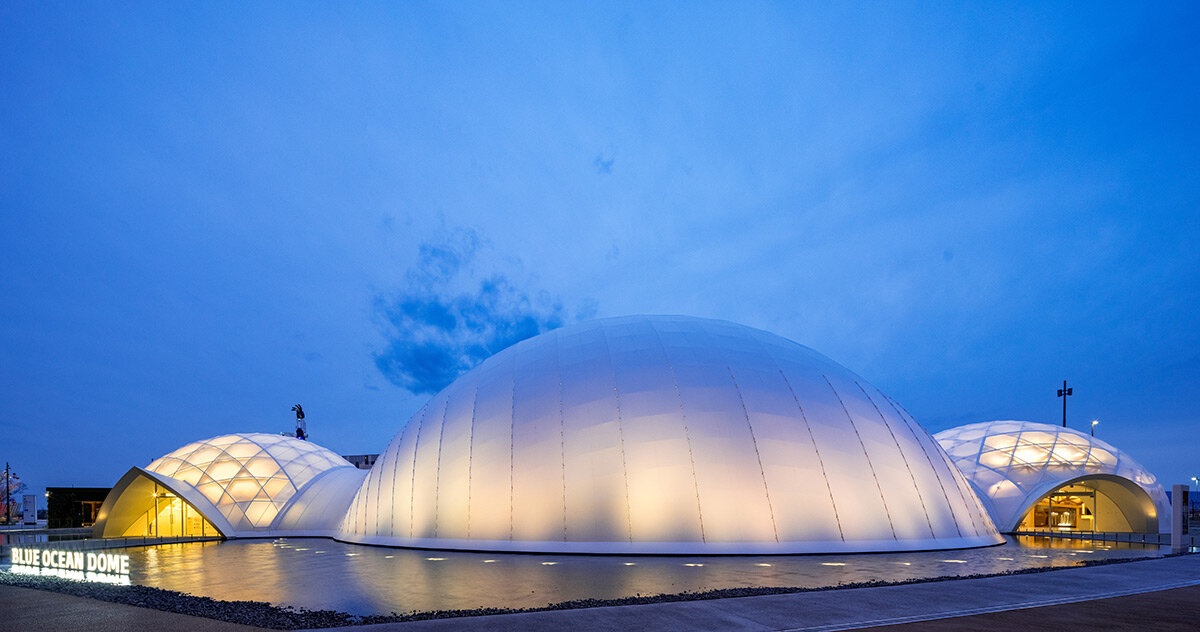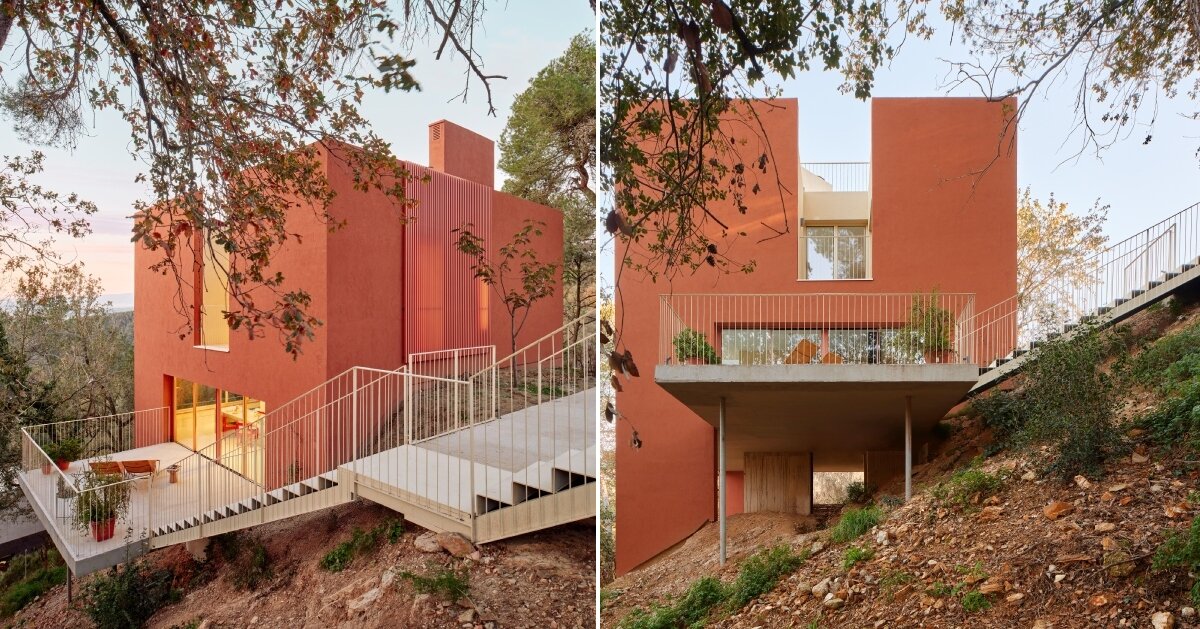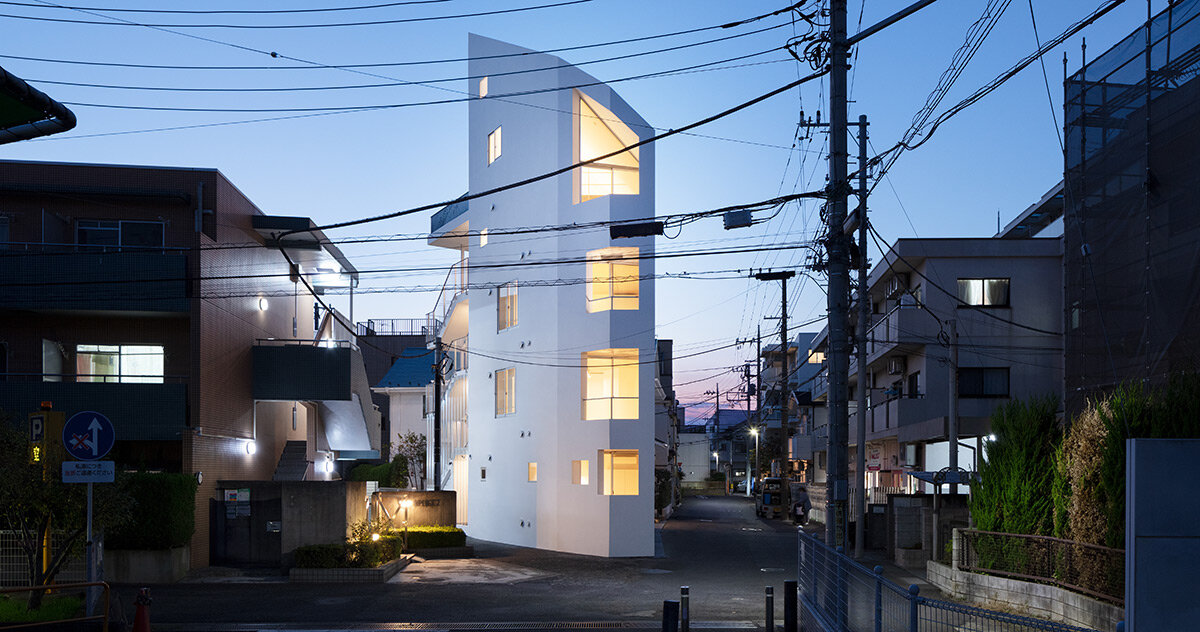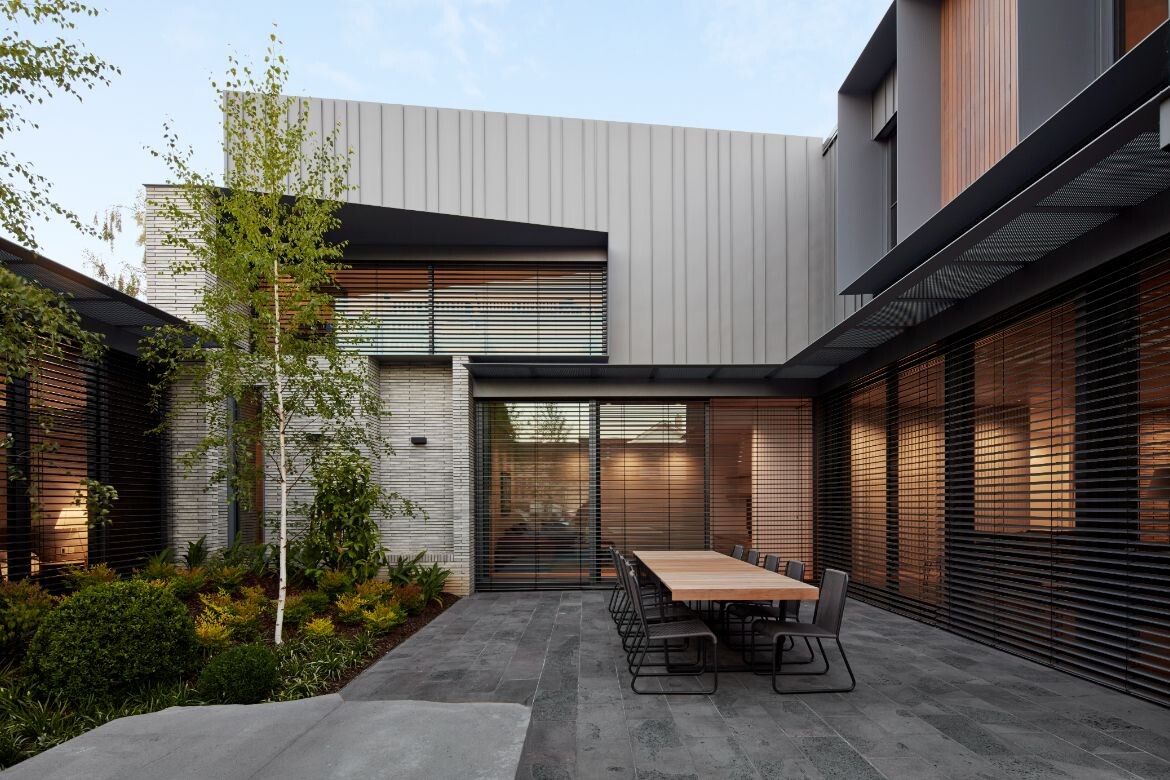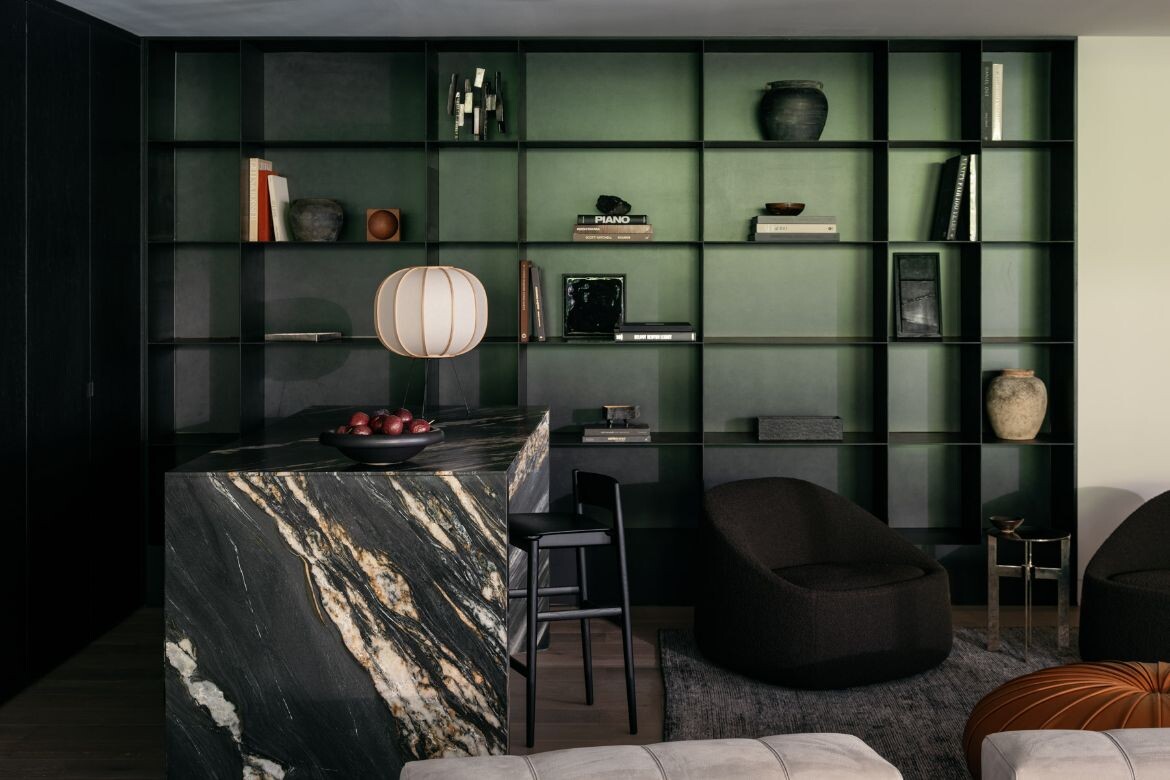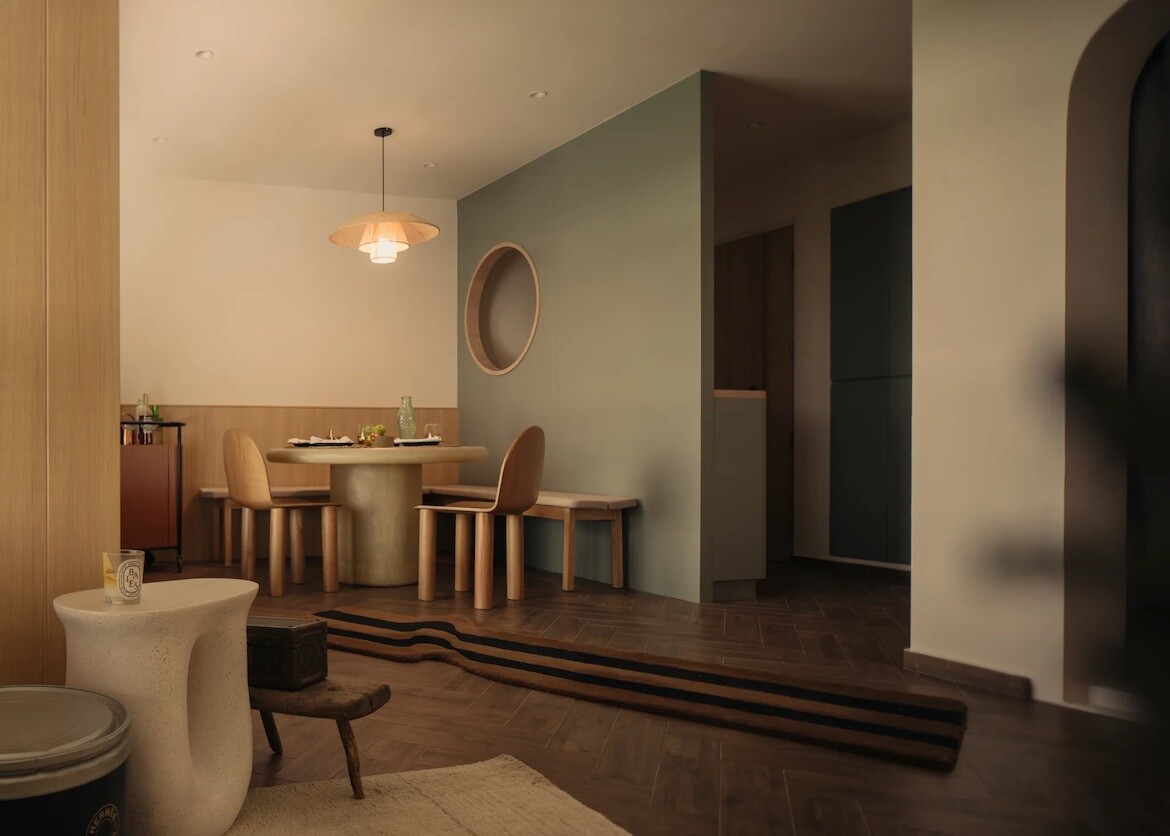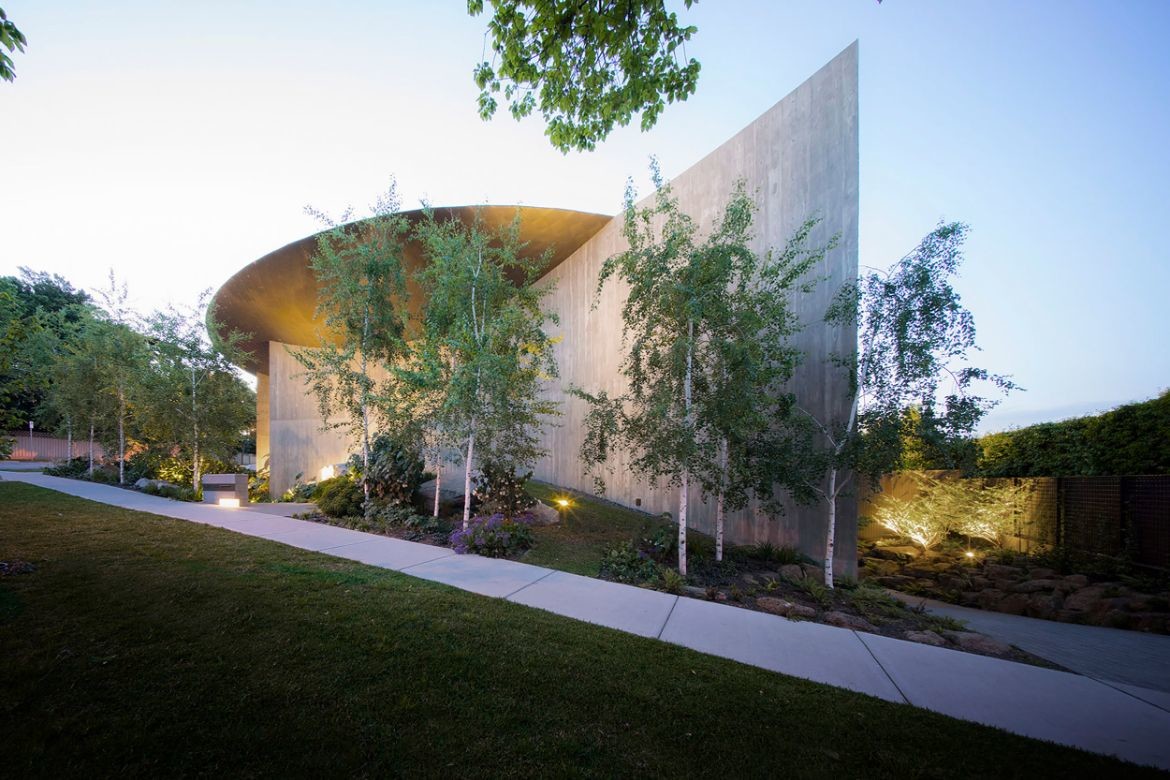How one lighting company is competing on a new track
Juniper Design’s innovative track lighting system is poised to expand and take on new partners.

NEW YORK – Juniper Design, the company that made track lighting cool, is ready for its moment in the spotlight.
The 13-year-old, New York-based brand is staking out its market position by showcasing additions to its innovative “multiverse” lighting system and highlighting potential new partnerships.
It recently signed on with a new creative agency, redesigned its logo and made a splash this spring at ICFF with a booth that mimicked the hands-on shopping experience of an Apple store.
“We want to make sure the brand we’ve developed is contemporary and of today’s times,” said Alex Fishman, director of product marketing. “We’re focusing on changing our market position to help people understand we are not a start-up. We’re here. We’ve arrived. We’re the top player in our category.”
The company was founded in 2011 by Shant Madjarian, a former banking executive who also co-founded Canvas, an advanced wireless lighting control system company, in 2019. Juniper’s first product was a thin task lamp that became the base for its iconic Thin System: a low-profile, grid lighting system with multiple electrical connectors. Half-inch LED segments attach magnetically and can rotate 360 degrees to shine light wherever specified. Thin System hardware in multiple finish options can create angles, pass-throughs and other custom shapes. It was a new way to think about track lighting for both commercial and residential settings, said Fishman.
Juniper later came out with its patented multiverse system, which has a conductive track from end to end in the same low profile, enabling architects, designers and other specifiers to create entirely new lighting schemes by adding pieces without changing the electrical wiring. The company also designs its own power supplies, and 95% of the elements that comprise each product are made in Southington, Conn.

“It is an evolving system,” said Fishman. “The future for this system, in terms of partnerships and integrating other systems, will be groundbreaking, a paradigm shift … [we] can collaborate with other companies with pendants or cylinder spotlights. We can attach them to our system, and it works as though it was developed by us.”
Juniper is in discussion with categories outside of lighting that he declined to name. “We’re at the beginning stages with several well-known companies,” he said.
This spring, it launched Weave, a series of connectors — one piece resembles a wall sconce — that integrate into the multiverse system. “It takes the multiverse system and peels it off the wall,” Fishman said. “It allows us to grid differently through a bridge element. We can bridge over our own product and backlight it to create shapes and patterns that don’t usually exist in traditional track lighting.”
Juniper has attended the ICFF show in New York for the past 10 years, but this year was a “groundbreaking” moment for Juniper, according to Fishman.
“We were the primary anchor of that show,” he said. “We had great booth placement, a prominent size. Rather than build a castle, we went minimal. We had a different approach than most — instead of merchandising, we focused on signaling. We wanted to mimic an Apple store experience: everything is in front of you. It helps people imagine how you can use the system as a solution.”
The ICFF display featured a 20-foot product display table and a wall with an embedded screen that caught people’s attention from 20 feet away, Fishman said. Visitors could interact with the product, get a better understanding of color temperatures, and see the different finishes.

“It was our most successful show to date, in terms of metrics and qualified leads,” he said.
It wants to keep the momentum going. It does not participate in Lightovation, but Fishman said the company is re-evaluating its trade show strategy for 2025 by looking at all sorts of shows within the industry. Since it wants to highlight its technical capability, a show like CES might be a fit, he said.
When asked what message he wanted to share with the trade industry, he said, “We’re not just a B2B company working on large-scale products. Our systems are applicable to all scales. It is an important distinction. A lot of spec products seem difficult to build [into a] system. But our sales team can guide users in how to apply it to their spaces. In the next six to eight months, we will have a lot more exciting things.”
See also:
What's Your Reaction?














